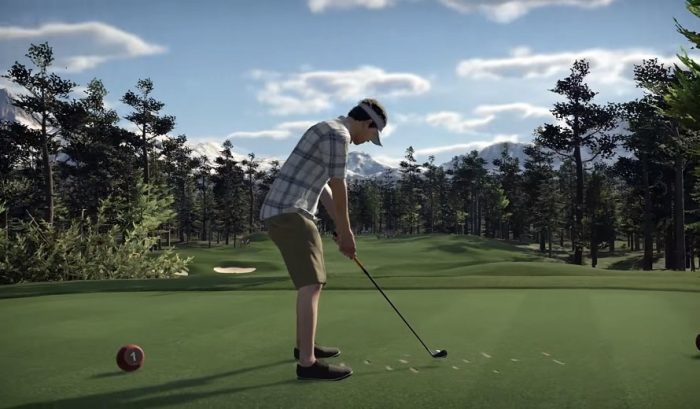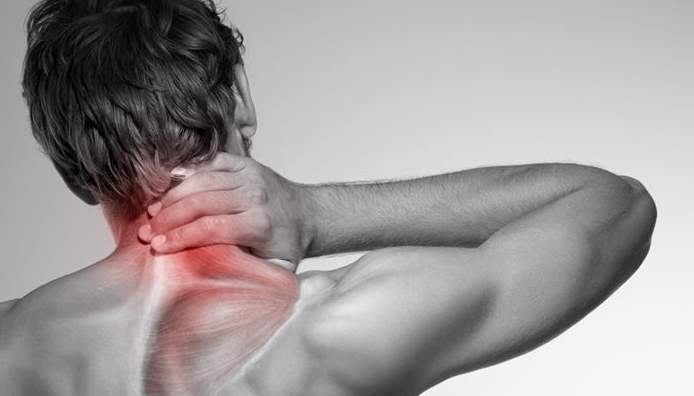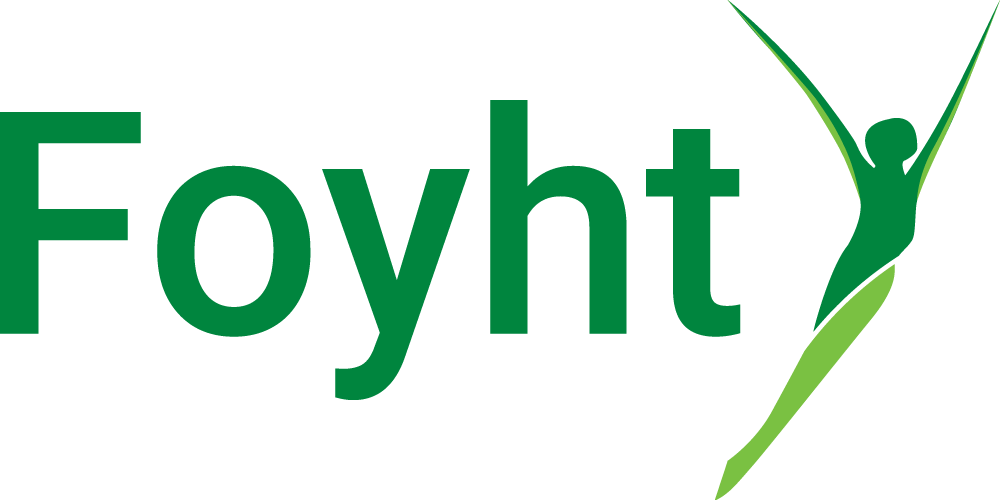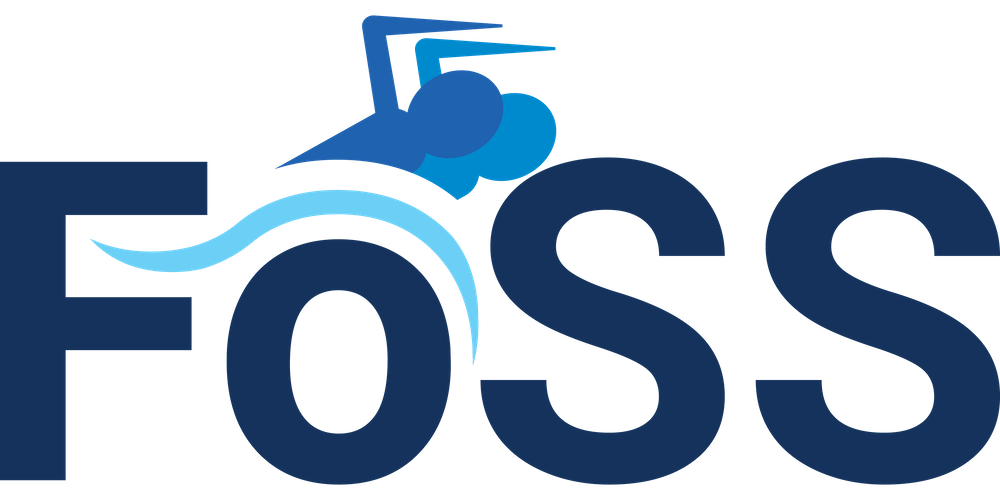If I had a £ for every new client that says this, I would… well, have a lot of £s! And strictly speaking, theyre right. It does feel muscular because it is muscular.
But, what causes a muscle (or group of muscles) to feel tight & sore?
Well, there are some obvious answers. Maybe you’ve worked them hard at work or in sport. If the symptom is always one-sided, maybe you play a sport like cricket or golf which works one side of the body more.

But, what if you keep getting the same muscular pain or tension? Maybe always one side. Maybe the hip, lower back or shoulder, and you’re not doing any activities that you can put your finger on that cause it?
Well the likely answer is that those muscles are tight to compensate for a structural imbalance in your body.
So, what do we mean by structural imbalance?
Well, let’s consider that muscles connect two or more bones and move them via a joint through a lever mechanism. Put simply, that’s how we move. Now, if one of these bones gets stuck out of alignment, then this will affect how the muscle moves. It may compromise the efficiency of the movement, or it may overwork it. Either way, it is going to feel uncomfortable because the muscle has to compensate.
If you suffer from regular muscular aches and pains, take a moment to think…
Why?
It isn’t normal to be reliant on daily stretches in order to feel comfortable – although there is nothing wrong with it necessarily.
Often mobility, and what seems like a muscular restriction can be alleviated by manipulations of the joints in the spine as can be seen in the before treatment and after photos. These were taken around 20 minutes apart and no massage or soft tissue therapy was applied.

In summary, what feels like a muscular problem is likely just one component of a more multifaceted problem. Otherwise some simple stretching would resolve it.
So look to the cause not the symptom, and your mobility, health & wellbeing will thank you.
Robert Spratley, Chiropractor. Rebalance Chiropractic.
Certified ABC and Endo-Nasal Practitioner





